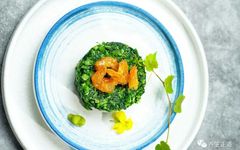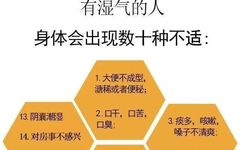Dietary Management for Damp-Heat Constitution (Comprehensive, Recommended for Collection)
Introduction The damp-heat constitution is characterized by the invasion of damp-heat pathogens, which, if not eliminated for a long time, can lead to spleen deficiency and phlegm-damp accumulation. This results in dampness transforming into heat, with damp-heat intermingling as the primary pathological feature. Individuals with a damp-heat constitution typically exhibit symptoms such as heaviness in … Read more




